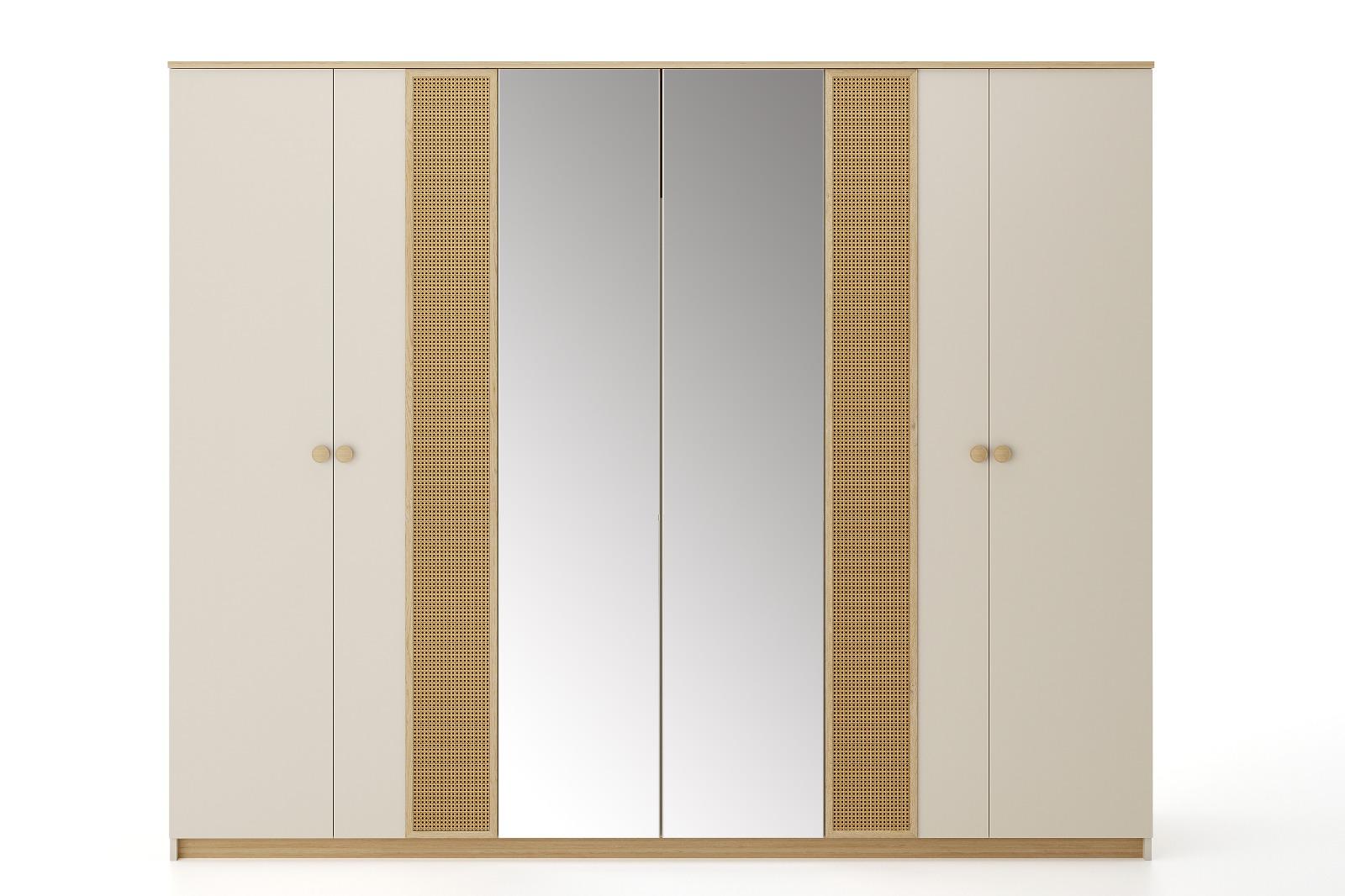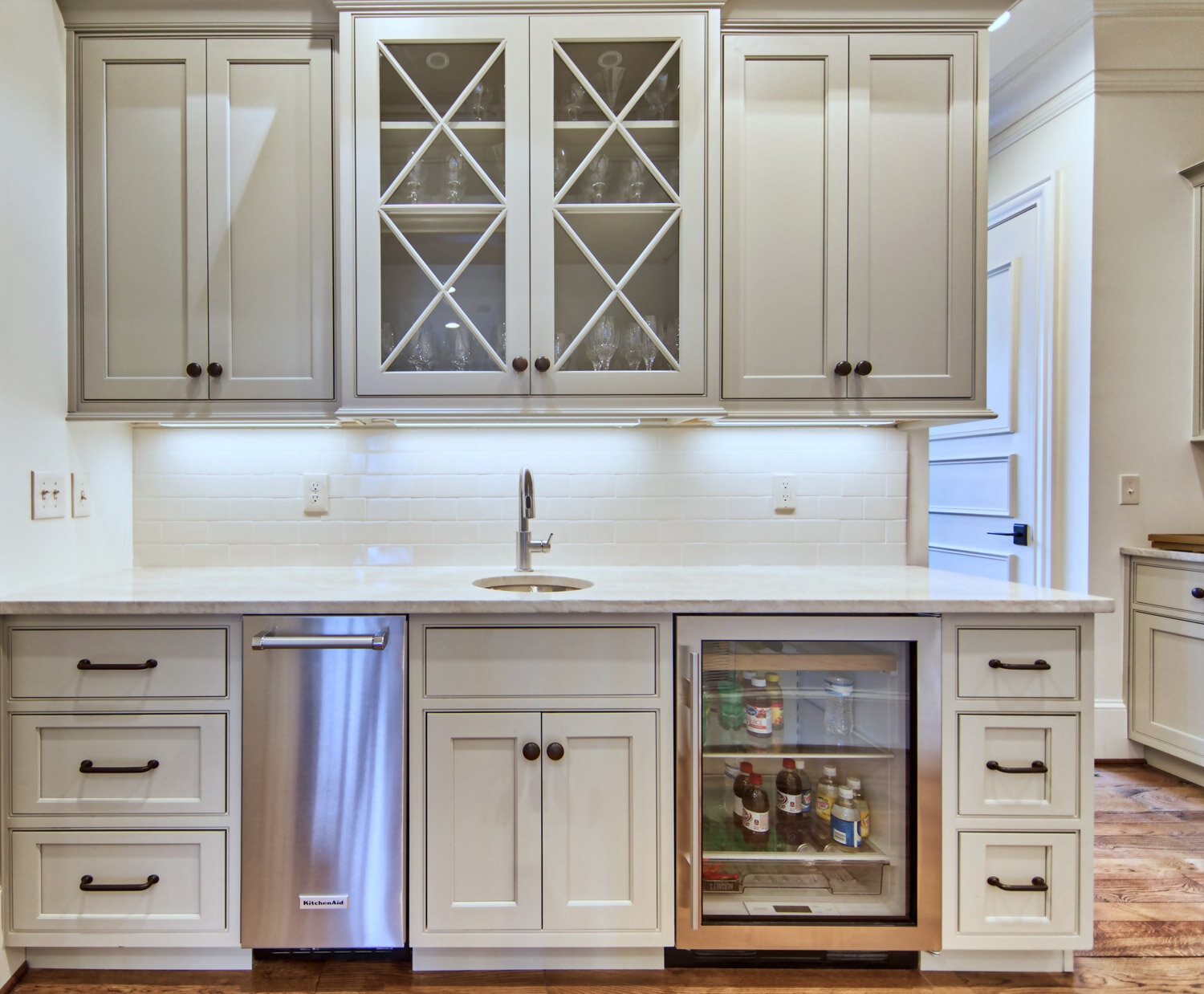Types of Measuring Cabinet Door Overlays

Accurately measuring for cabinet door overlays is crucial for a professional-looking and functional kitchen or bathroom. The type of overlay, as well as the material of the door itself, significantly impacts the measurement process. Understanding these factors ensures a precise fit and avoids costly mistakes.
Cabinet Door Overlay Materials and Their Impact on Measurement
Different materials possess varying properties that influence measurement accuracy. Wood, for example, can expand and contract with changes in humidity, requiring careful consideration during measurement. Conversely, materials like plastic are more dimensionally stable. The following table compares several common materials:
| Material | Durability | Cost | Ease of Measurement |
|---|---|---|---|
| Wood | High, but susceptible to warping and moisture damage | High | Moderate; requires accounting for potential expansion/contraction |
| Plastic (Thermoplastic or Thermoset) | Moderate to High, depending on type and quality | Moderate | High; generally dimensionally stable |
| Metal (Aluminum, Steel) | High; resistant to damage | Moderate to High | High; dimensionally stable |
| Glass | High, but susceptible to breakage | High | High; dimensionally stable |
Cabinet Door Overlay Styles and Their Influence on Measurement
The style of the overlay dictates the measurement points and techniques. Each style presents unique challenges and considerations.
Measuring cabinet door overlay – The three primary overlay styles are:
- Full Overlay: The adjacent cabinet door completely covers the face frame. Measurement focuses on the door’s overall dimensions and the gap between adjacent doors.
- Partial Overlay: A portion of the face frame remains visible between adjacent doors. Measurements must account for both the door’s width and the exposed face frame.
- Inset: The cabinet door sits inside the face frame, requiring precise measurements to ensure a flush fit within the frame’s recess. This style often involves more intricate measurements.
Step-by-Step Measurement Guide for Each Overlay Type
Accurate measurements are paramount for successful installation. The tools required include a measuring tape, a square, and a pencil.
Full Overlay:
- Measure the width and height of each cabinet door.
- Measure the gap between adjacent doors. This gap should be consistent across all cabinets. A common gap is 1/8 inch.
- Note any irregularities in the cabinet face frame.
Partial Overlay:
- Measure the width and height of each cabinet door.
- Measure the width of the exposed face frame between doors.
- Calculate the total width of the door and the exposed face frame for each cabinet section. This total width should be consistent.
Inset:
- Measure the inside dimensions of the cabinet frame’s recess.
- Measure the width and height of the cabinet door.
- Ensure the door fits snugly within the recess, allowing for a small gap (typically 1/16 inch) for movement.
- Precise measurements are critical to avoid gaps or binding.
Challenges in Measuring Cabinet Door Overlays
Accurately measuring cabinet door overlays is crucial for a seamless and professional-looking installation. Inaccurate measurements can lead to gaps, overlaps, or doors that don’t function correctly. Several challenges contribute to measurement errors, and understanding these challenges is key to achieving precise results.
Common Measurement Errors and Their Prevention
Inconsistent measurements are a frequent problem. This often stems from using inaccurate measuring tools or failing to account for variations in cabinet construction. Another common error involves neglecting to account for the type of overlay (full, partial, or inset). Finally, failing to consider the door’s material and potential warping can also lead to inaccuracies.
Always use a high-quality measuring tape and double-check measurements multiple times. Consider using a combination square or other precision measuring tools for added accuracy.
Before beginning, clearly identify the type of overlay (full, partial, or inset) and account for its impact on the measurements.
Check for any warping or imperfections in the cabinet doors themselves and adjust your measurements accordingly. A slightly warped door might require compensating adjustments.
Impact of Cabinet Door Construction on Measurement Accuracy
The construction of the cabinet door (frameless vs. framed) significantly influences the measurement process. Frameless cabinets have doors that mount directly to the cabinet box, while framed cabinets have a face frame that the door sits within.
Frameless cabinets generally require more precise measurements because there is no frame to help align the doors. Any discrepancies will be immediately visible. Measurements are typically taken directly from the cabinet box, paying close attention to the exact position of the hinges and the door’s intended overlap.
Framed cabinets offer slightly more tolerance for minor measurement errors due to the face frame acting as a buffer. Measurements focus on the opening within the face frame, ensuring sufficient clearance for the door to move freely. The face frame helps conceal small inconsistencies.
Measurement Checklist for Cabinet Door Overlays
A systematic approach is crucial for ensuring accurate measurements. The following checklist highlights essential steps and considerations:
- Identify Overlay Type: Clearly determine if the overlay is full, partial, or inset. This dictates the measurement technique.
- Cabinet Type: Note whether the cabinets are frameless or framed. This impacts measurement reference points.
- Multiple Measurements: Take at least three measurements for each dimension (height, width, depth) at different points on the cabinet and door. This helps detect inconsistencies and warping.
- Tool Verification: Ensure your measuring tape is accurate and properly calibrated.
- Tolerance Consideration: Account for a small tolerance (e.g., 1/16 inch) to accommodate minor variations in cabinet construction and door dimensions. This prevents overly tight fits.
- Door Material: Consider the material of the door (wood, MDF, etc.) and its potential for expansion or contraction due to temperature and humidity. Wood doors, for example, may expand slightly in humid conditions.
- Verification: After completing measurements, review and double-check all figures before proceeding with the installation.
Applications and Considerations for Measuring Cabinet Door Overlays

Accurate measurement of cabinet door overlays is crucial for achieving a professional and aesthetically pleasing finish. Incorrect measurements can lead to gaps, misaligned doors, and an overall unsatisfactory appearance. Understanding the different types of overlays and their application in various cabinet styles is key to successful installation.
Cabinet Styles and Overlay Variations
Different cabinet styles necessitate varying overlay measurements. The style dictates the relationship between the door and the cabinet frame, influencing the amount of overlay required. Three common styles illustrate this point: Shaker, slab, and raised panel cabinets. Shaker cabinets feature a recessed panel within a frame, requiring a specific overlay measurement to ensure the frame is properly covered. Slab cabinets, characterized by their flat, frameless doors, require different measurements to ensure a flush or slightly overlapping fit. Raised panel cabinets, with their raised central panel, also demand precise measurements to maintain the integrity of the design and avoid obscuring the raised detail. The overlay type and measurement will directly impact the visual appeal of each style.
Visual Representation of Cabinet Door and Key Measurements
Imagine a typical cabinet door. It comprises a door panel, a face frame (if applicable), and hinges. The top edge of the door panel would be labeled “Top Edge,” and the bottom edge would be labeled “Bottom Edge.” The left and right edges are similarly labeled “Left Edge” and “Right Edge.” The width of the door panel is measured from the “Left Edge” to the “Right Edge.” The height of the door panel is measured from the “Top Edge” to the “Bottom Edge.” If a face frame exists, its width and height are measured separately, providing the dimensions necessary to calculate the required overlay. The distance from the hinge location to the edge of the door is also crucial for precise alignment. The measurements should be taken in millimeters or inches, with accuracy to the nearest 1/16th of an inch or 1 millimeter. This detailed dimensional information is essential for calculating the necessary overlay, ensuring a perfect fit.
Rewritten Article on Measuring Cabinet Door Overlays (Hypothetical Article Replacement)
Let’s assume the hypothetical article contained inaccurate or AI-generated information. A rewritten version would focus on practical, verifiable information. For example, instead of relying on AI-generated claims about optimal overlay measurements for specific materials, the rewritten version would provide clear instructions on how to measure the cabinet door and frame dimensions accurately. It would explain the importance of considering the cabinet style (Shaker, slab, raised panel, etc.) and how this impacts the required overlay measurement. It would provide step-by-step instructions on taking precise measurements using standard measuring tools (tape measure, square) and emphasize the importance of double-checking measurements to avoid errors. The rewritten article would also include clear visuals or diagrams illustrating the key measurement points on a cabinet door and frame. Instead of generic advice, it would focus on providing practical, actionable guidance based on established carpentry and cabinetry practices. Finally, it would avoid vague or speculative statements and focus on providing concrete, verifiable information.
